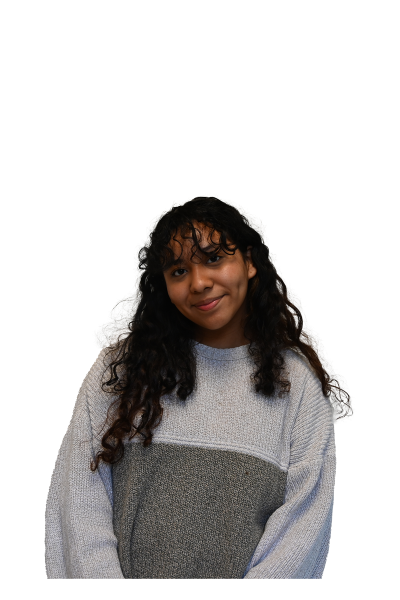Using pronouns in bios, Canvas
October 2, 2020
Pronouns are used in place of proper nouns. Most typically, they come in place of a person’s name without having to say it. The pronouns he/him/his and she/her/hers are most likely used by people who identify as male or female, whereas those who don’t fit into one of these groups often use they/them/theirs.
While I don’t identify with a different gender than the one I was assigned at birth, I am passionate about creating a community where everyone feels accepted in their own identity. It is important to normalize asking and using pronouns before assuming someone else’s identity, whether you are cisgender, transgender, non-binary or gender nonconforming.
By simply looking at a person, there is no way to tell how they identify. If you don’t already know someone’s pronouns, the best way to find out is to ask them. When you are learning, be open to making mistakes and fixing them.
In the age of technology, it’s a little more awkward to have a conversation about gender while most people are quickly swiping through pictures on their screens. Adding pronouns to Canvas or your Instagram bio is helpful to make sure you aren’t misgendered and to help those who aren’t cisgender feel comfortable to state their own without being outed by being the only ones.
A great way for teachers to be more inclusive in class is to make an effort to ask students what pronouns they use. Additionally, it is possible to add pronouns into your Canvas account.
Having discussions about pronouns creates a safe environment for everyone. Starting conversations about gender as early as you can is beneficial in normalizing gender neutral pronouns.
It is common to think that cisgender people do not need to openly use pronouns. However, normalizing open conversations about pronouns despite your gender identity creates a comfortable atmosphere and lets others know where you stand. Taking the small amount of time to learn someone’s correct pronouns is an important step when you meet someone. Everyone deserves to be accepted in their own identity.









